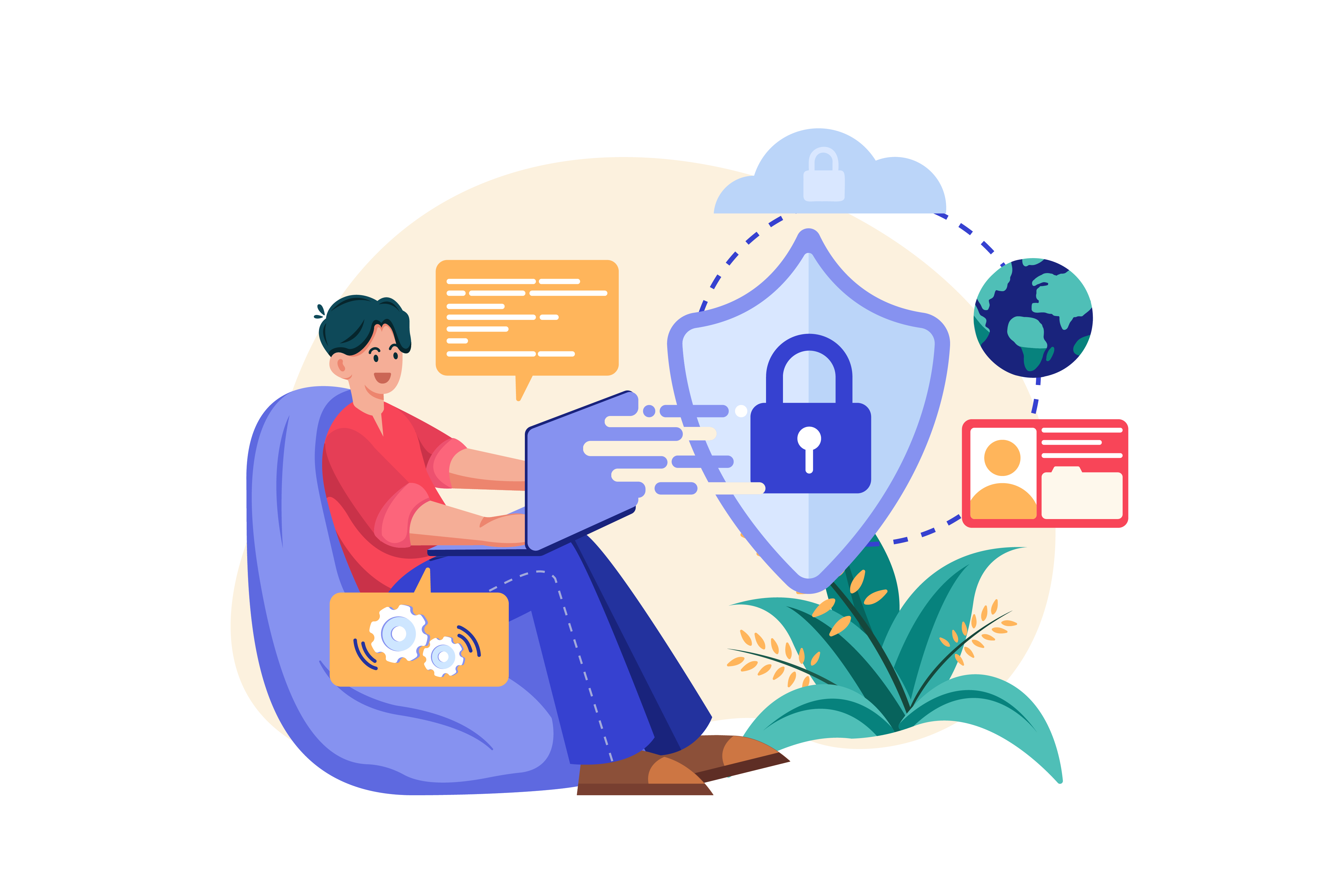
Cybersecurity Solutions
In an interconnected world, safeguarding your digital assets is paramount. Our cybersecurity services ensure that your business is resilient against threats while meeting regulatory compliance.
Why is cybersecurity crucial?
A robust cybersecurity framework protects your business reputation, prevents financial losses, and ensures trust with your stakeholders and customers.
- Next-Gen Firewalls & Intrusion Prevention
- Endpoint Protection & Anti-malware
- Real-time Threat Intelligence
- Incident Response & Forensics
- Data Encryption & Privacy
- Secure Cloud Infrastructure
- Multi-factor Authentication
- Security Awareness Training
- Vulnerability Assessment & Patch Management
- DDoS Mitigation
- Network Segmentation
- Secure Software Development
- Zero Trust Security Model
- Compliance & Regulatory Adherence
Implementing cutting-edge firewall technologies to detect and block malicious traffic, ensuring network security at all layers.
Utilizing advanced tools to safeguard individual devices, preventing malware infection and unauthorized access.
Gathering and analyzing data on emerging threats, providing proactive defenses against potential cyber-attacks.
Establishing a robust response mechanism for potential breaches, alongside forensic tools to understand and mitigate attack vectors.
Employing encryption technologies for data at rest and in transit, ensuring the confidentiality and integrity of sensitive information.
Designing and managing cloud deployments with security as a priority, from encryption to access control.
Implementing additional layers of authentication to validate user identity, reducing the risk of unauthorized access.
Educating employees and stakeholders on best practices, enhancing the human firewall against phishing and other social engineering attacks.
Continuously scanning systems for weak points and promptly updating software to rectify potential vulnerabilities.
Utilizing specialized solutions to prevent or minimize the impact of distributed denial-of-service attacks on network infrastructure.
Strategically dividing the network into secure segments, reducing potential attack surfaces and protecting critical assets.
Incorporating security measures throughout the software development lifecycle, preventing application vulnerabilities.
Implementing a model where every access request is fully authenticated, authorized, and encrypted before granting access.
Ensuring that cybersecurity measures align with industry regulations such as GDPR, HIPAA, PCI-DSS, and more.